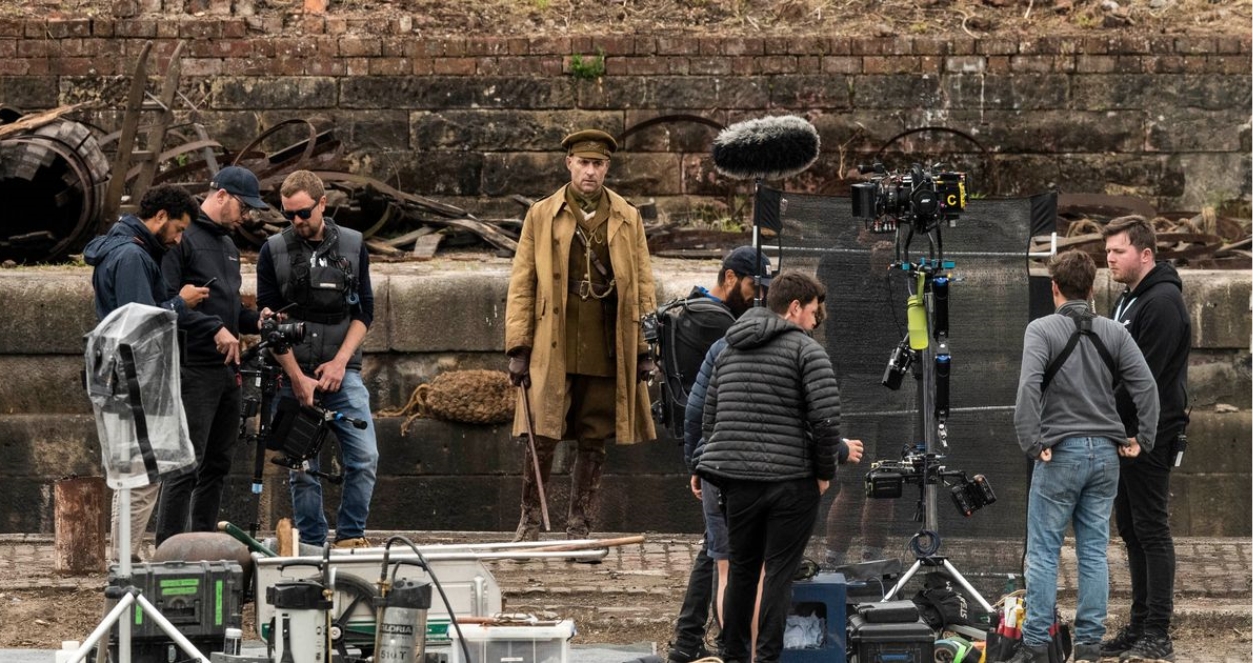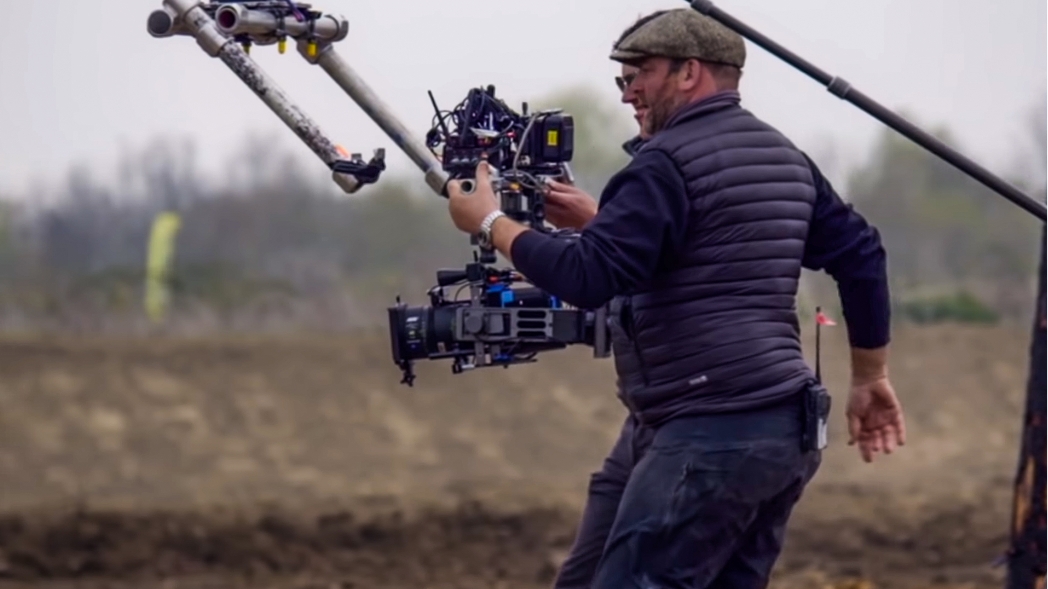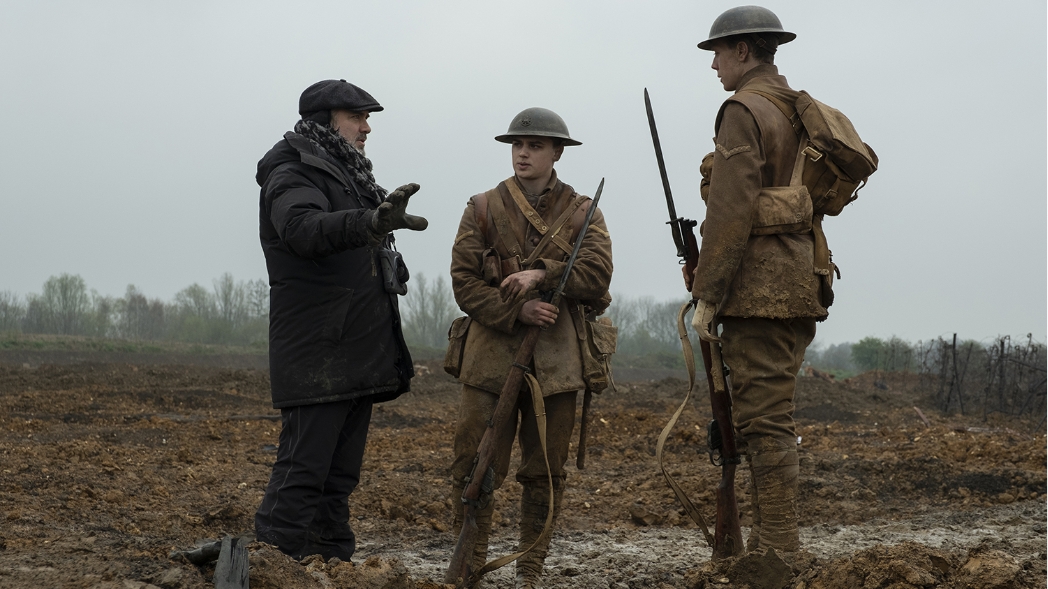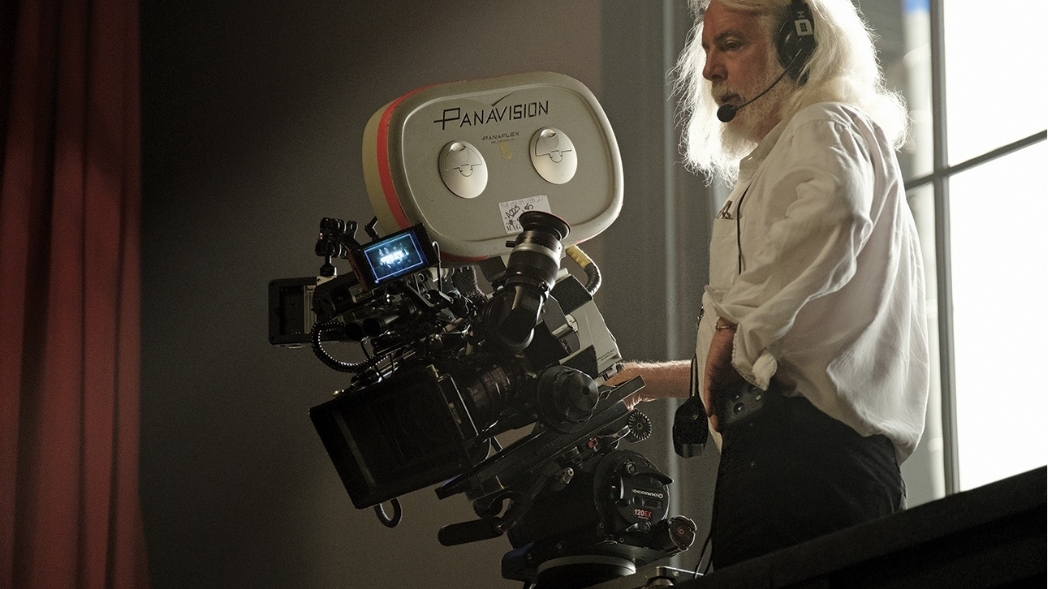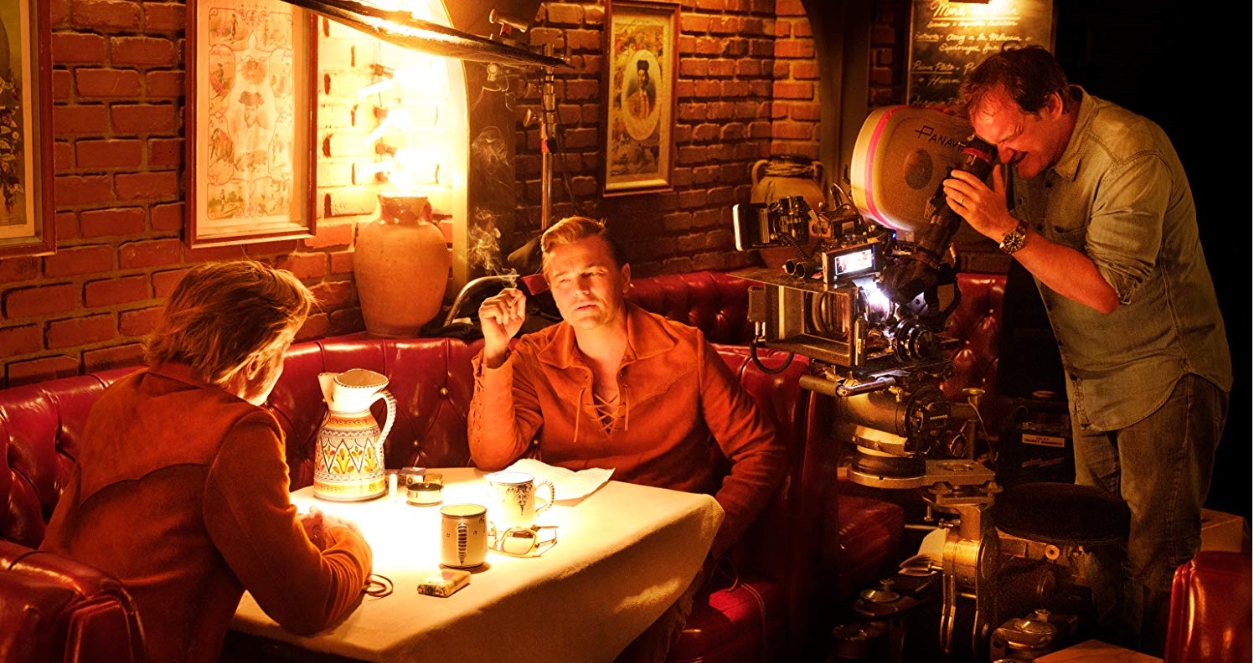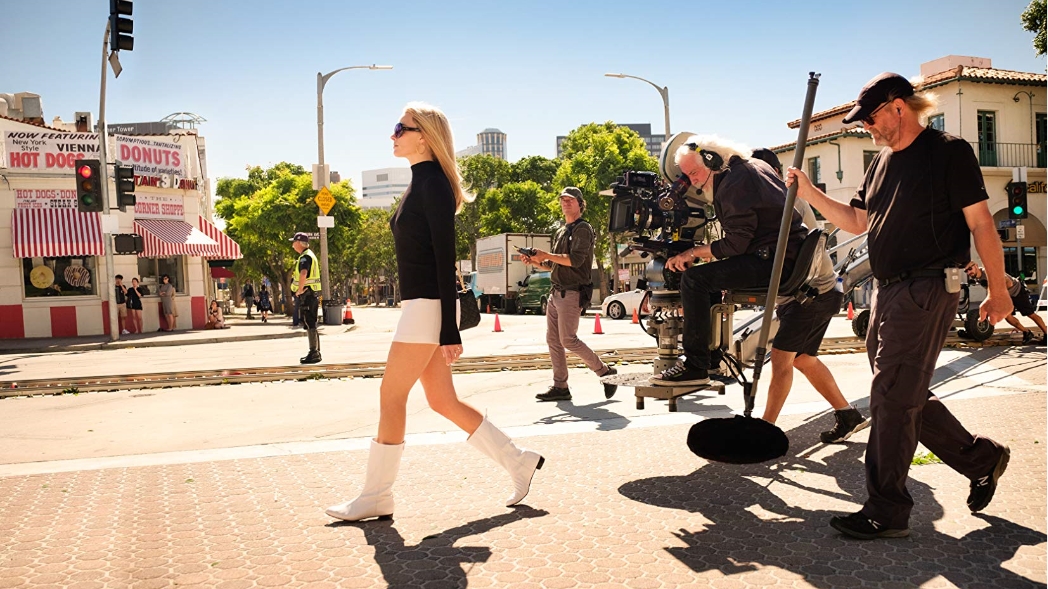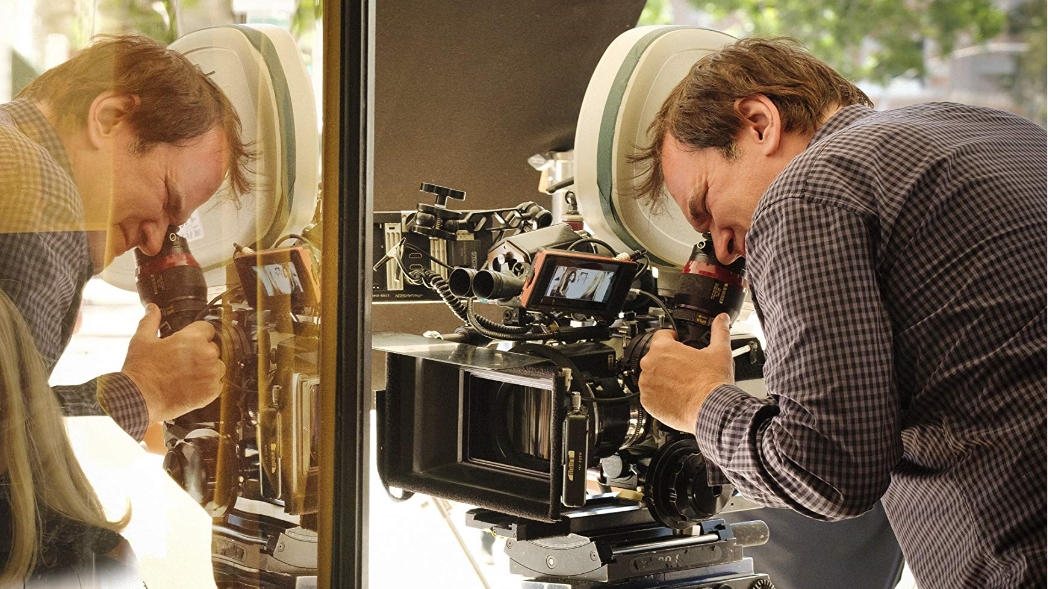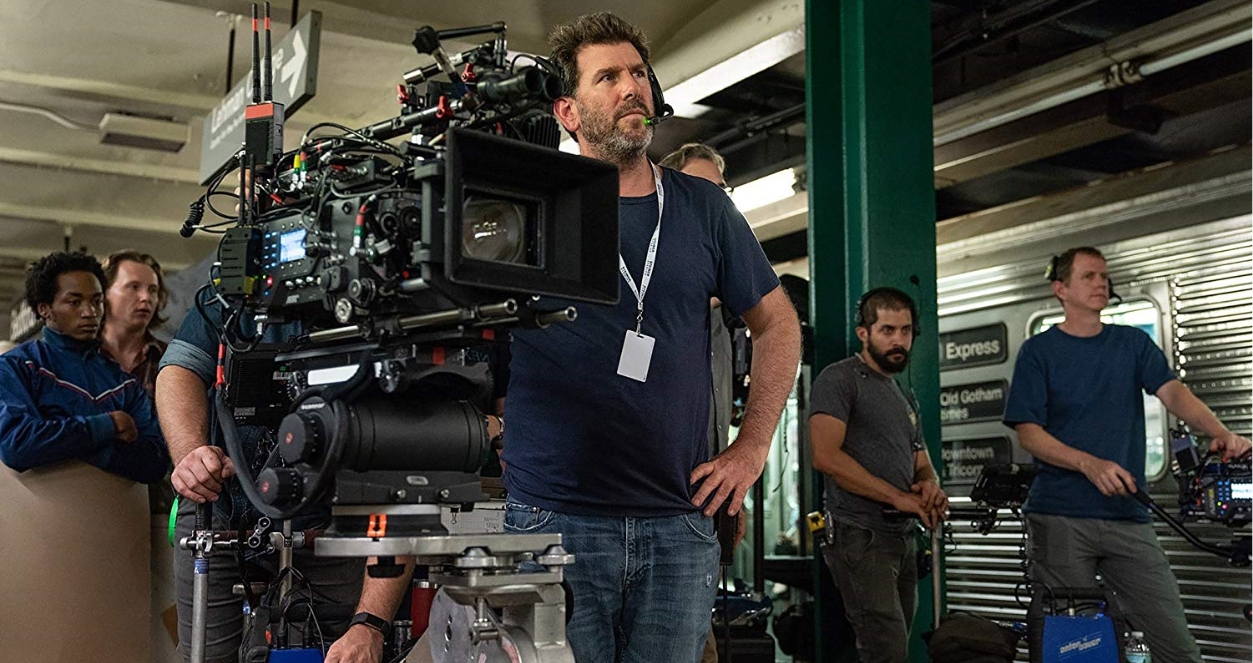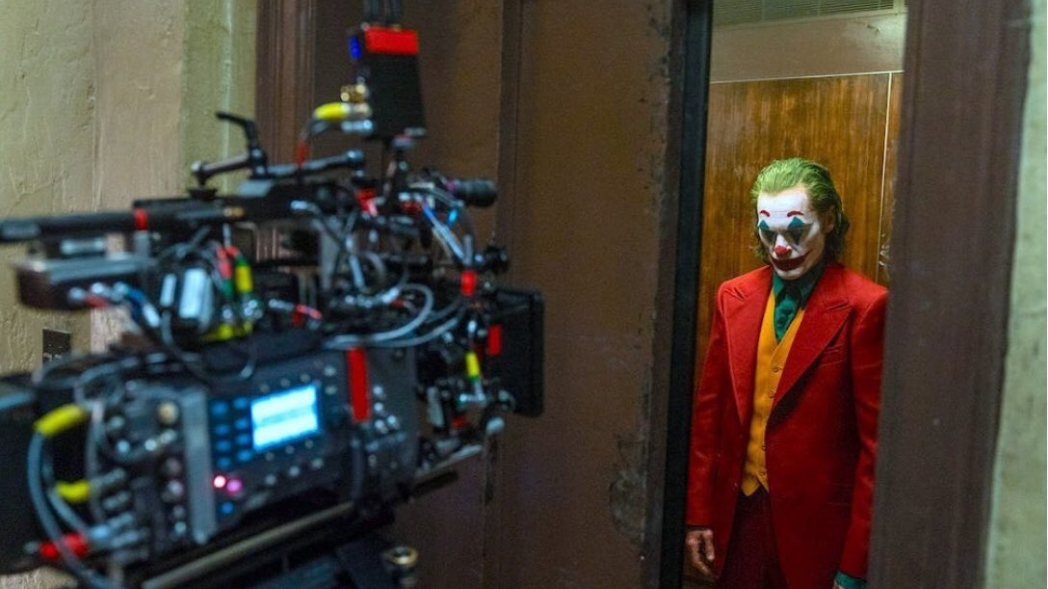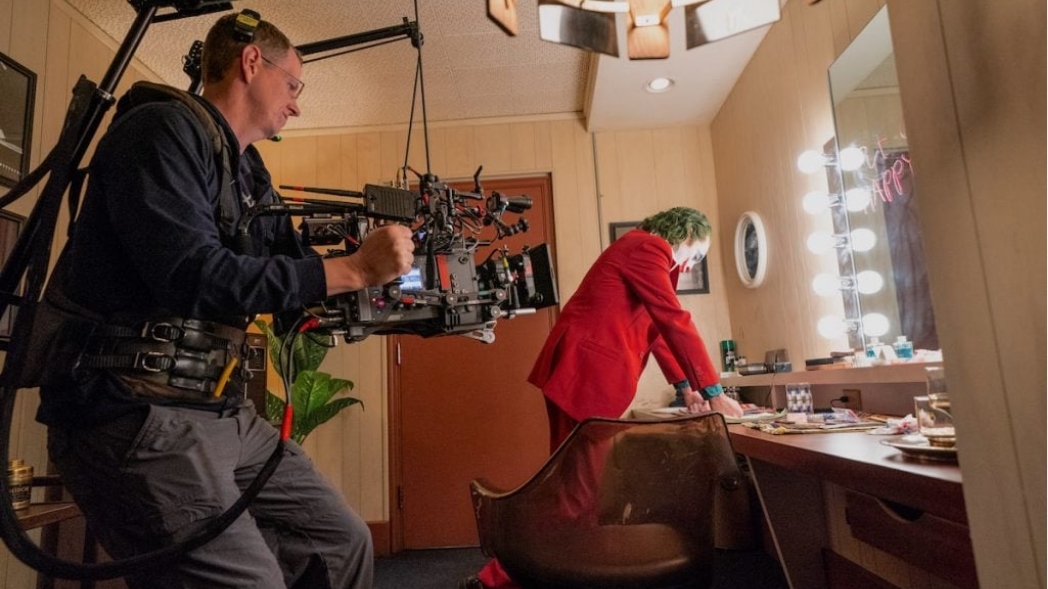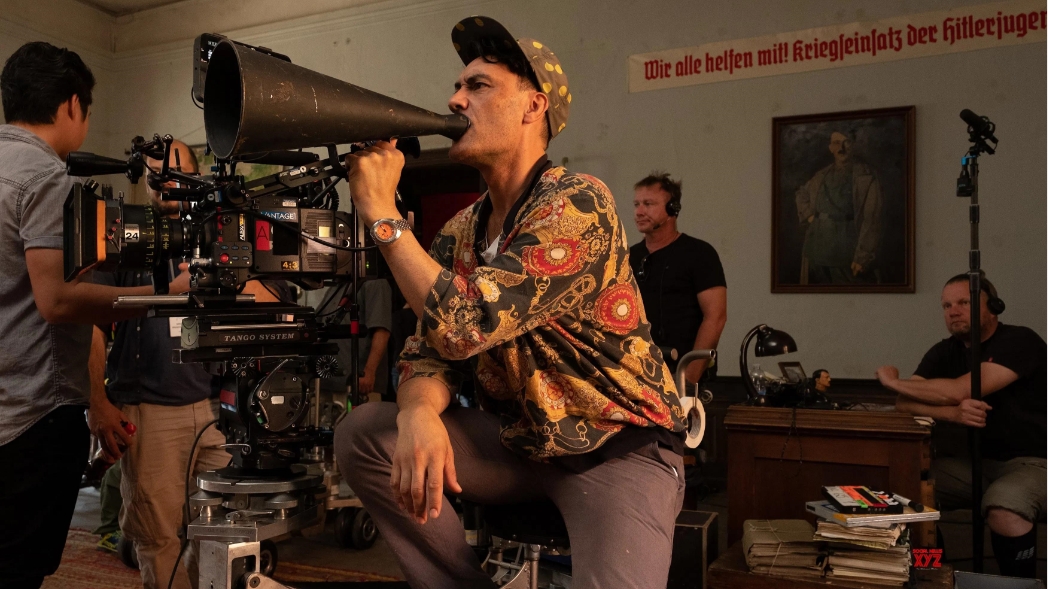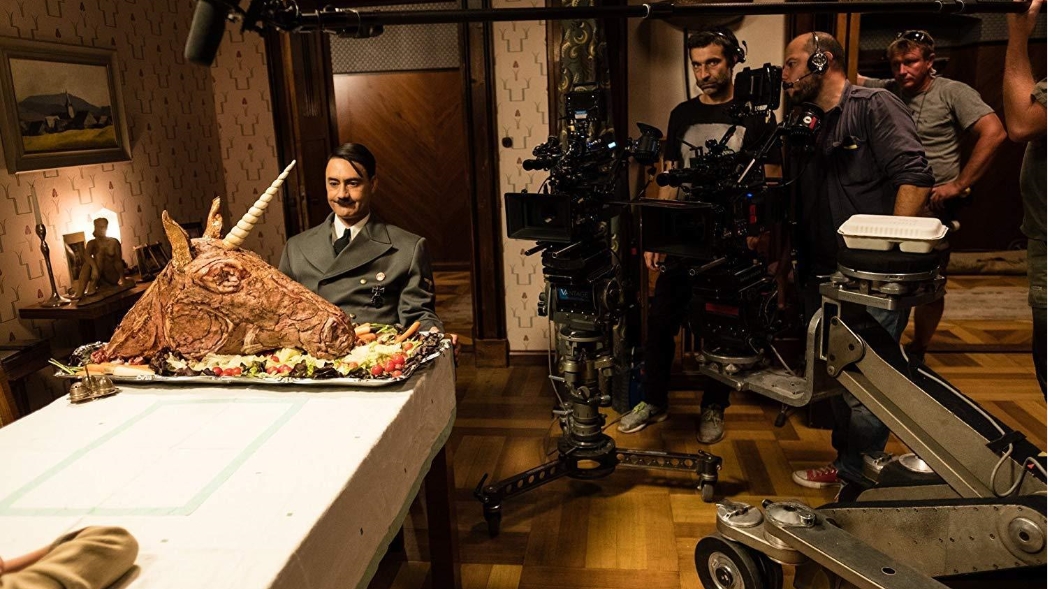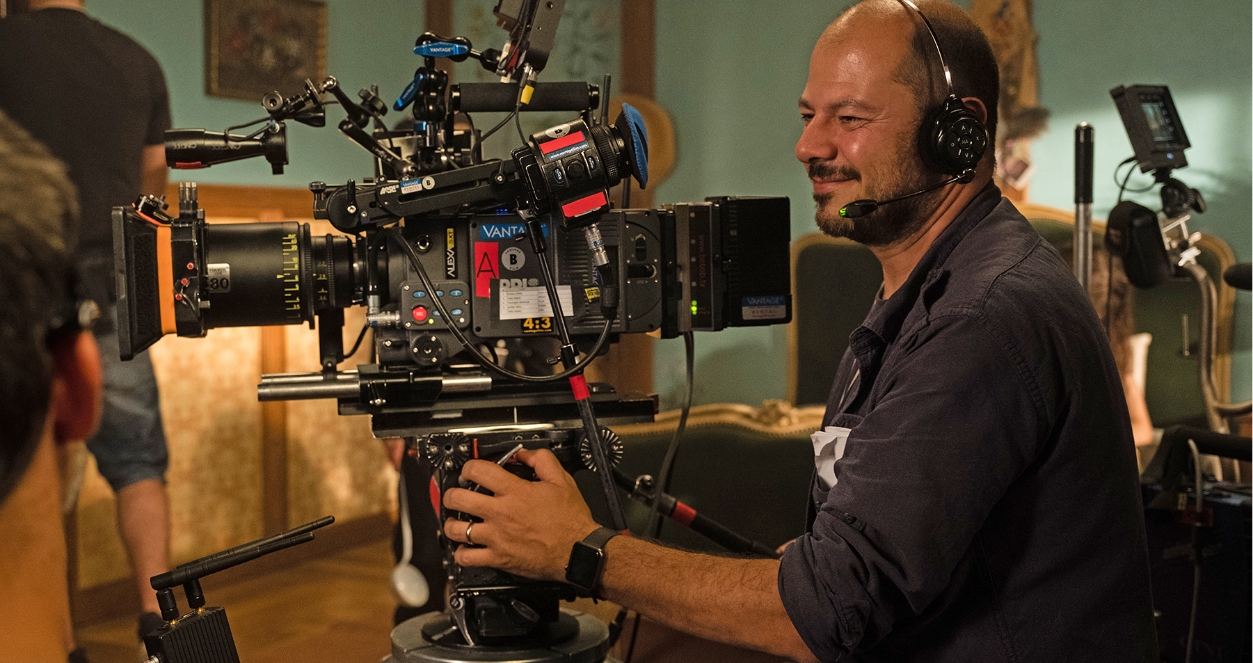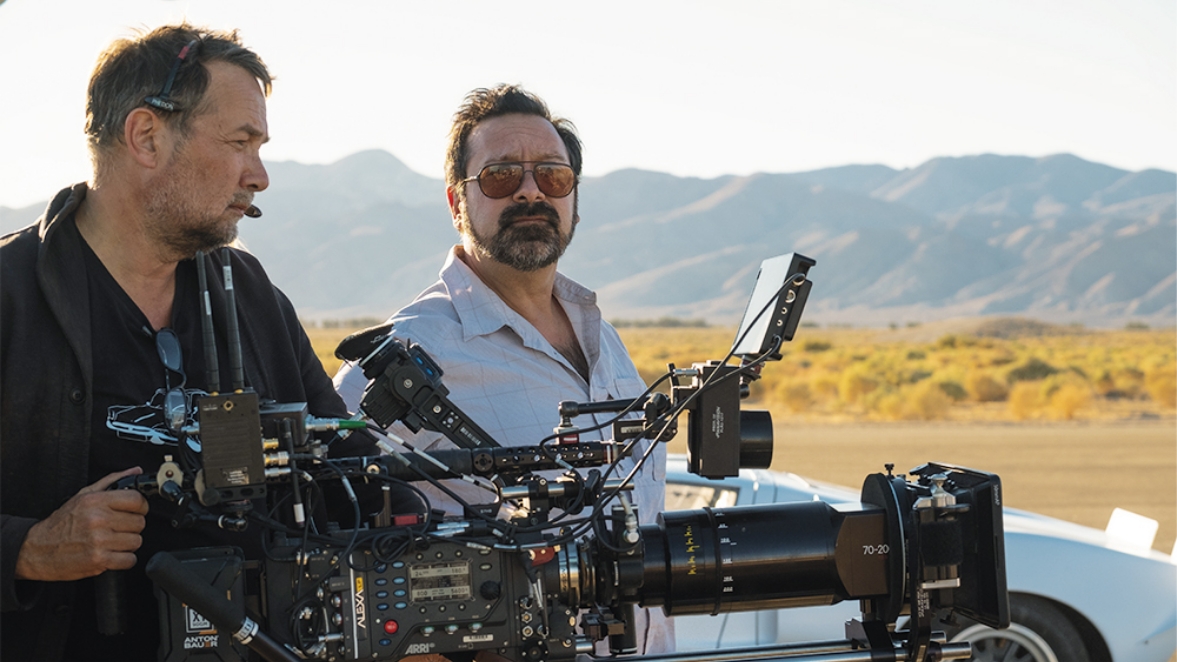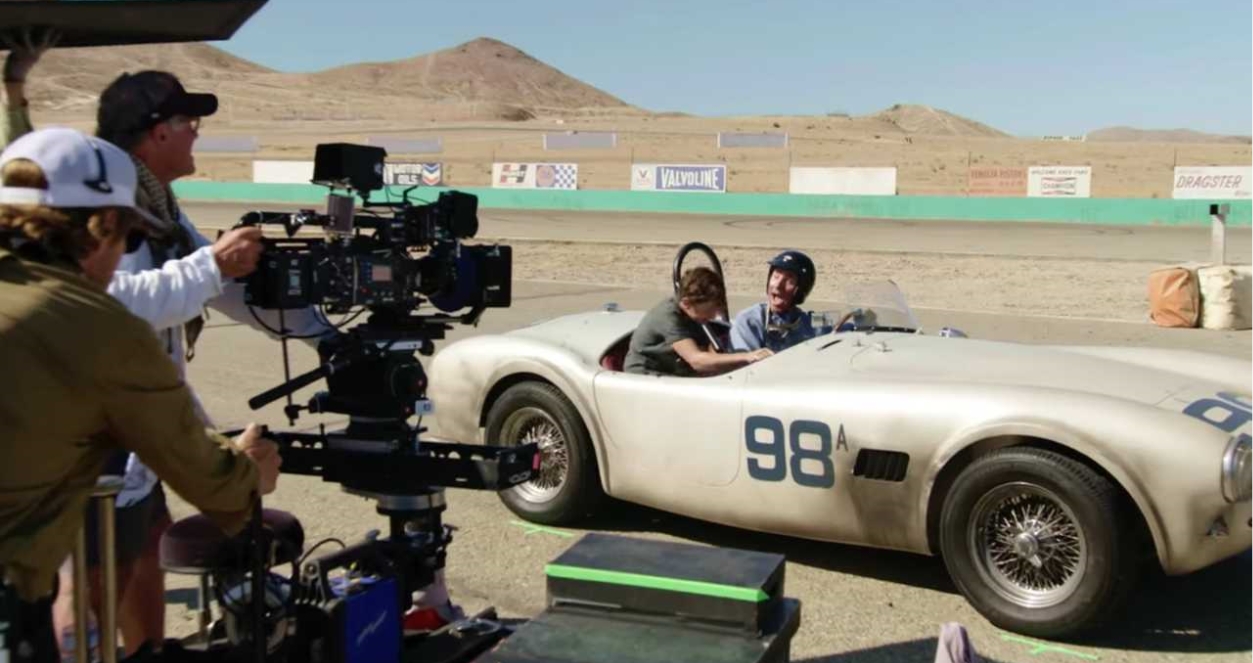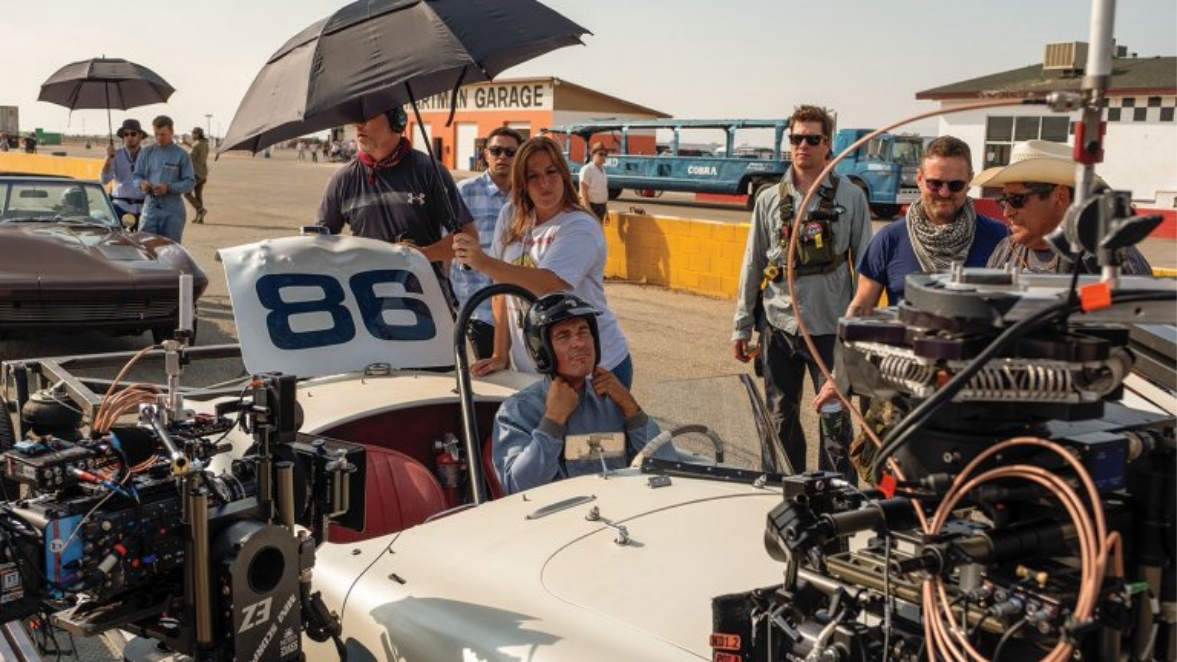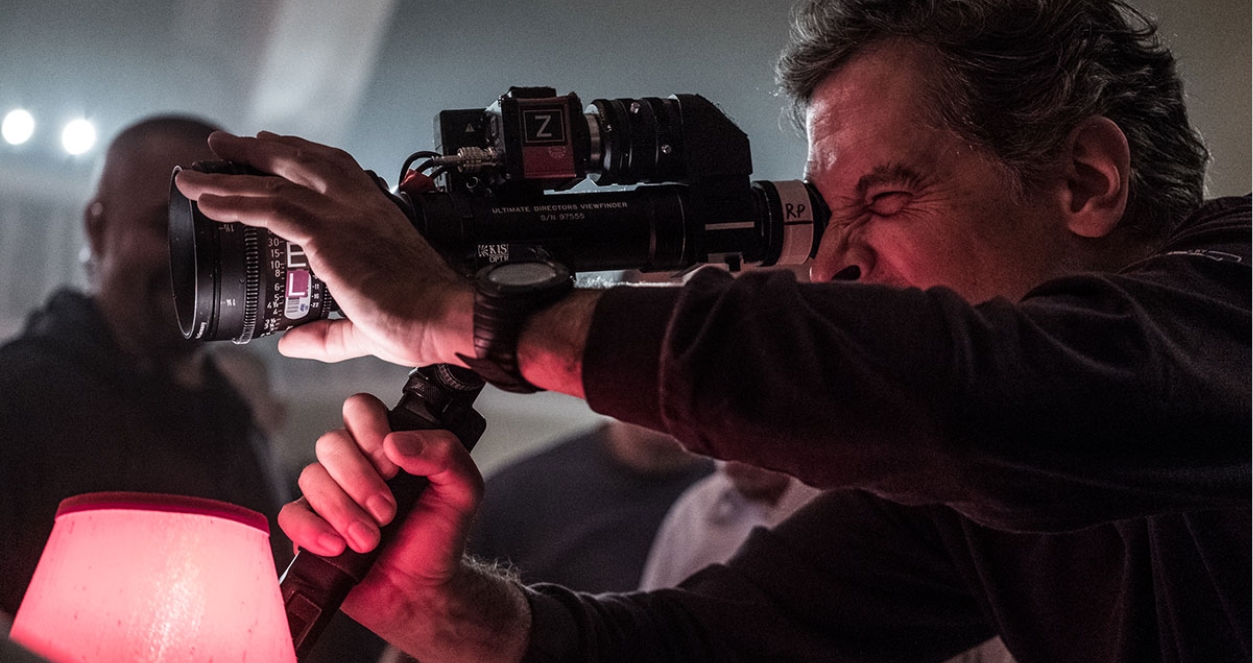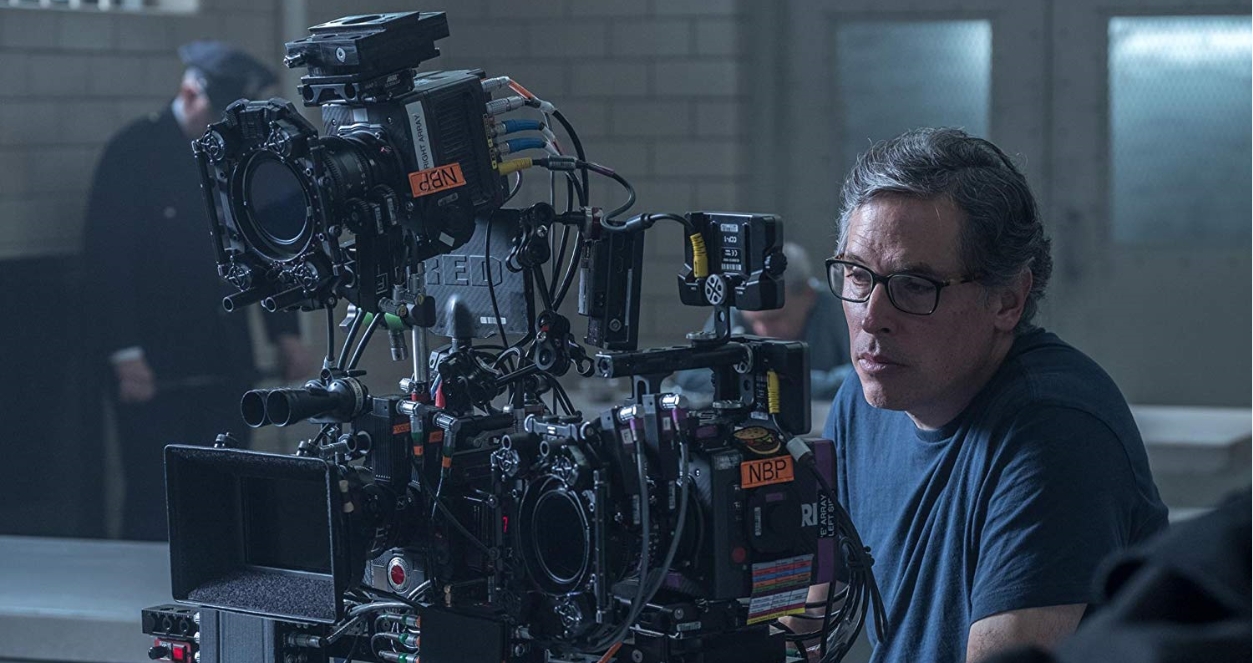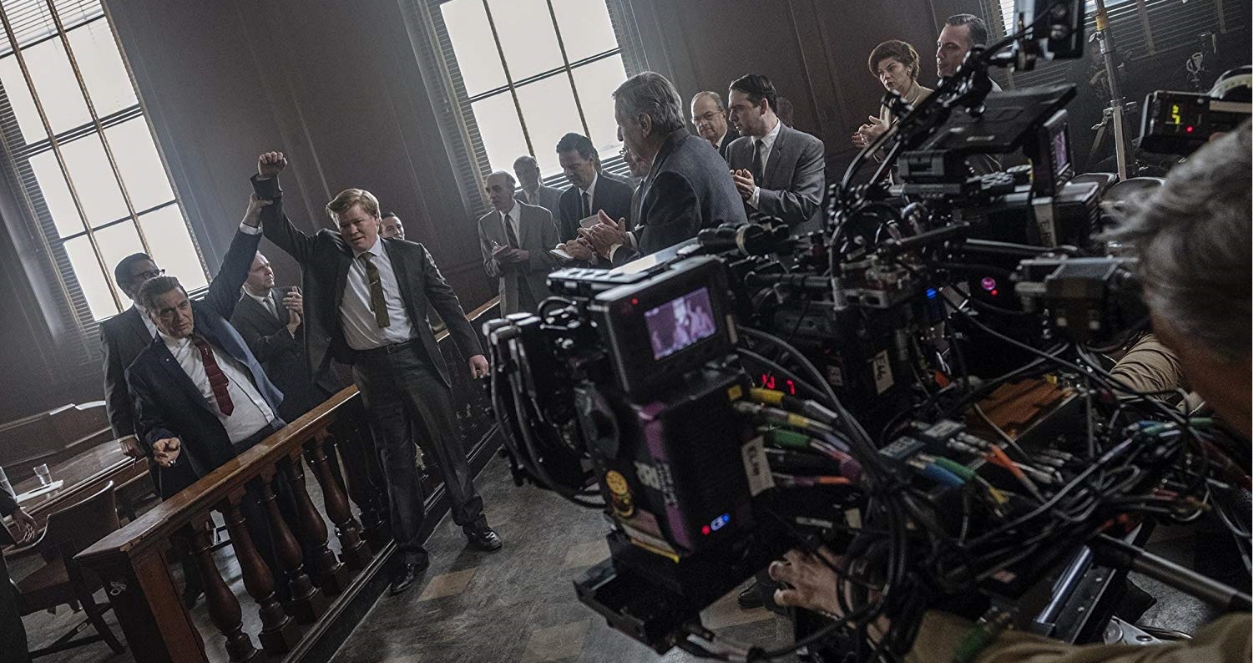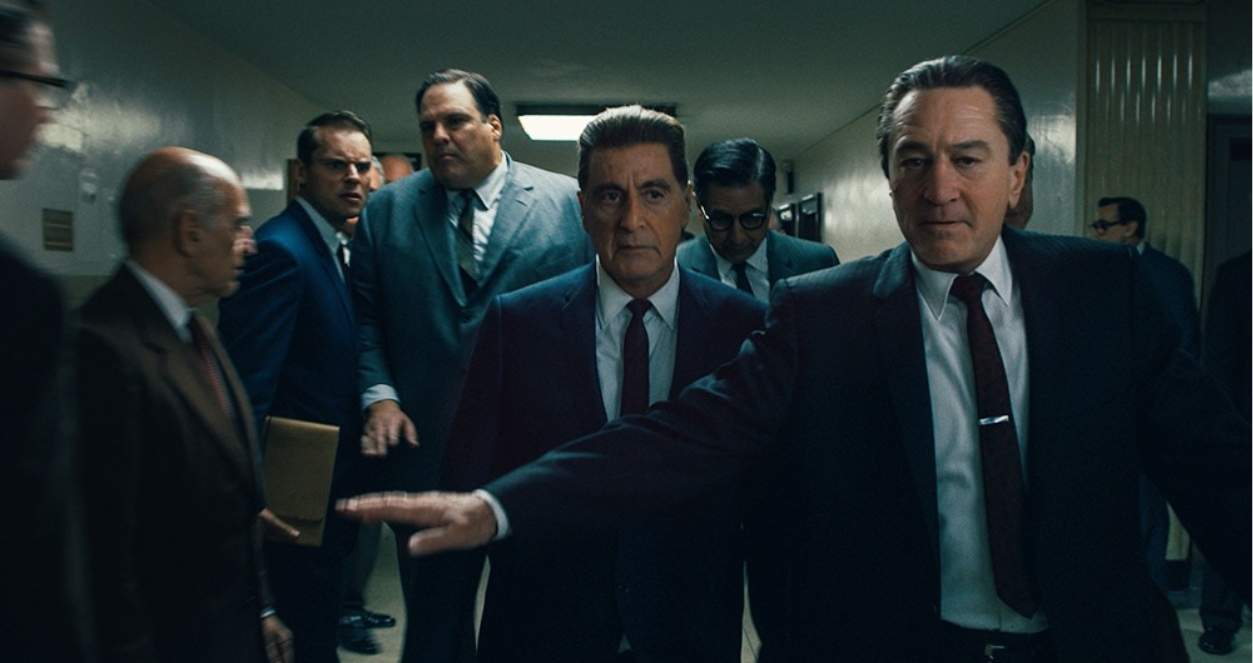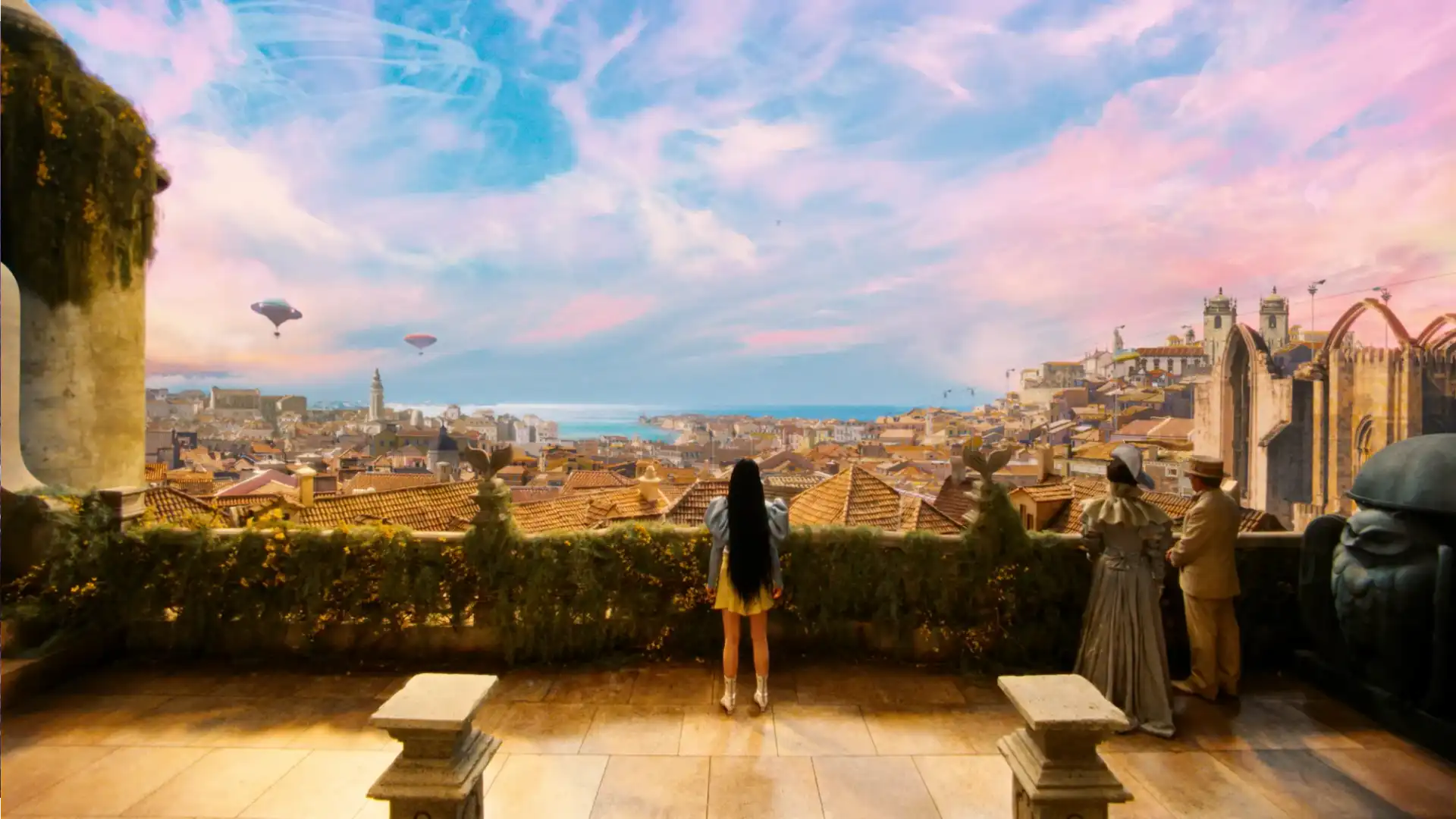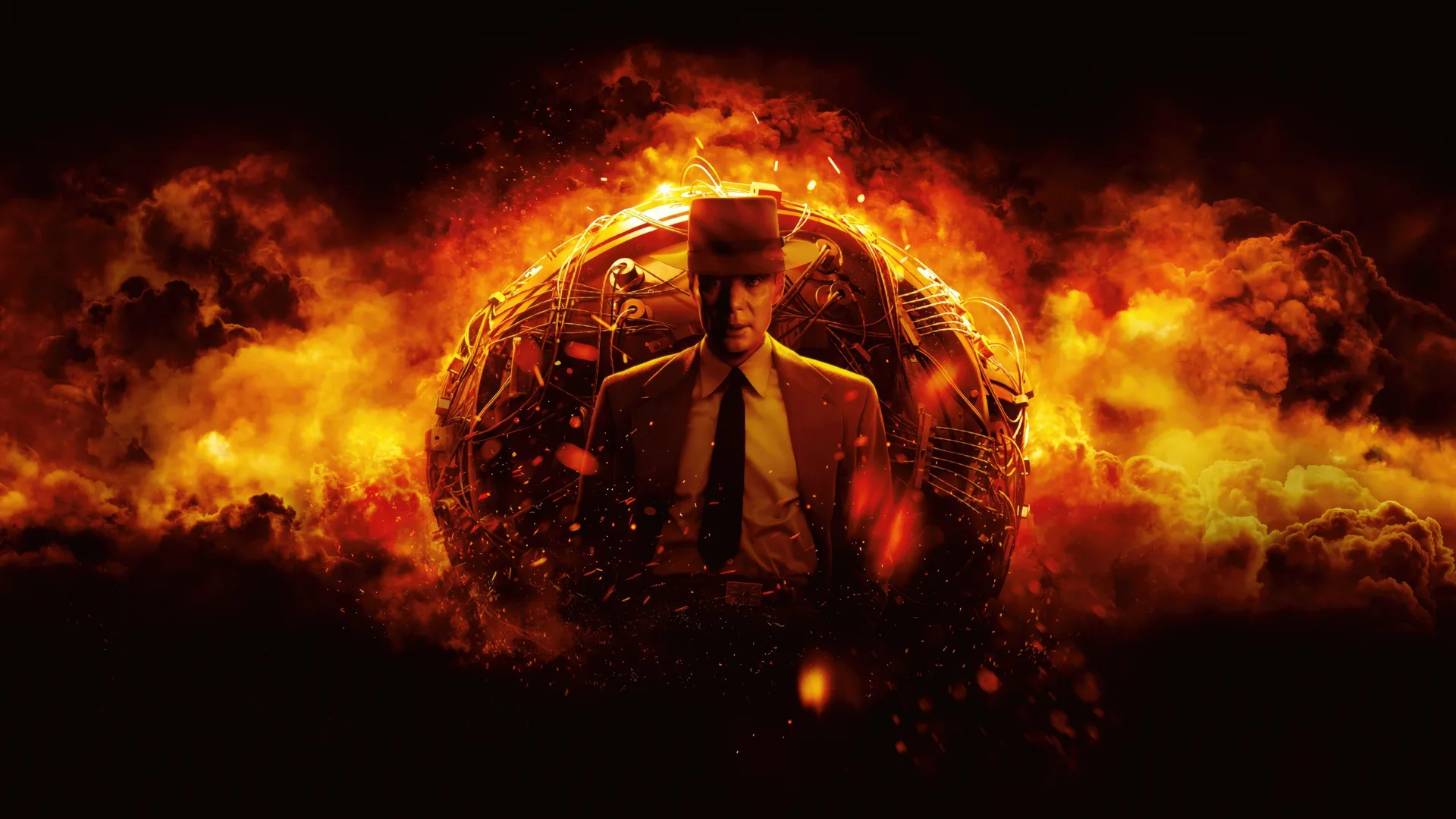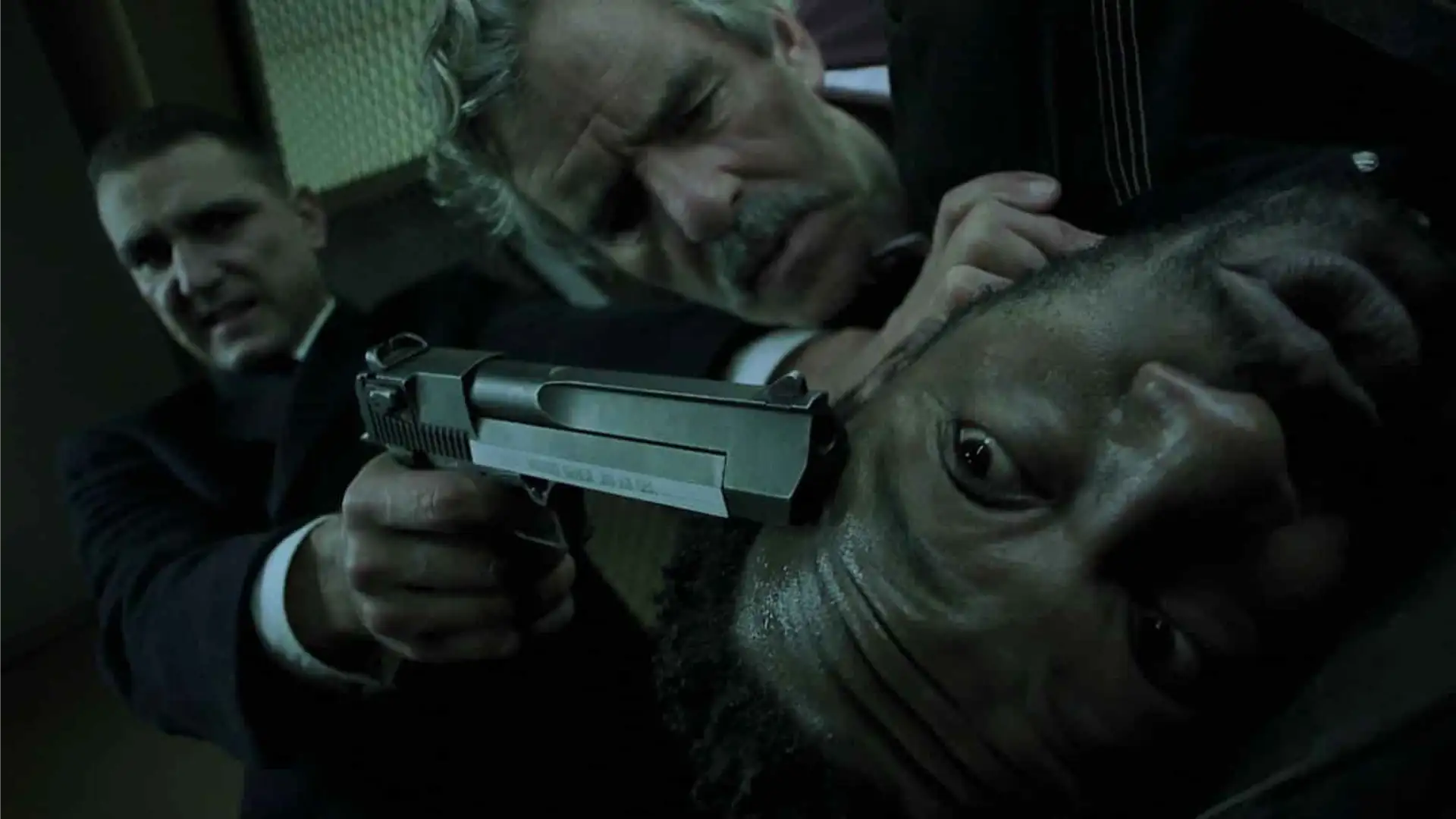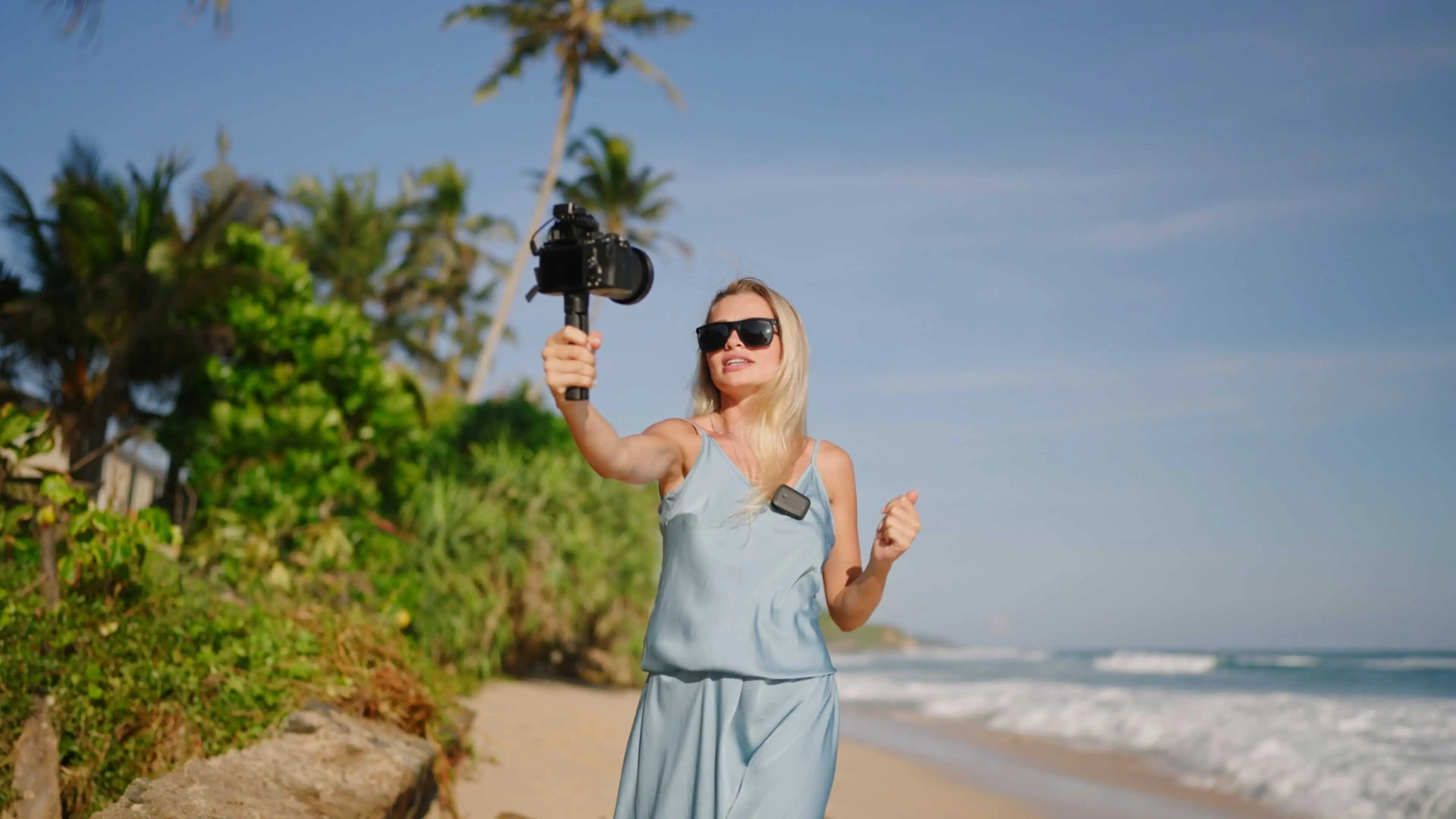So let’s break down the production and editing workflow of the Best Picture Nominees of the 2020 Academy Awards, also known as The Oscars.
Parasite, The One That Made History
Many things have been said about Parasite and almost all of them are positive. And the cherry on top for that was the fact that Parasite made history this year by being the first-ever non-English movie to win the Best Picture of Oscars. A well-deserved title I believe. 8.9/10 on Metacritic and 92% on Rotten Tomatoes shows that audiences also loved the movie.
The idea of the movie was suggested to Bong by one of his friends who had been a tutor for the son of a wealthy family in Seoul in his early 20s. Choosing the name Parasite was also a decision made by Bong, “Because the story is about the poor family infiltrating and creeping into the rich house, it seems very obvious that Parasite refers to the poor family, and I think that’s why the marketing team was a little hesitant. But if you look at it the other way, you can say that rich family, they’re also parasites in terms of labor. They can’t even wash dishes, they can’t drive themselves, so they leech off the poor family’s labor. So both are parasites.” said Bong.

Jin-mo Yang who is the film editor of Parasite, did so, believe it or not, using Final Cut Pro 7! He taught himself how to use Final Cut Pro while he was in college and stock to it to this day! “Despite FCP 7’s age, it was more than capable of handling ProRes HD proxies of the Alexa 65 masters, with After Effects alongside for timing and pre-visualization of the numerous invisible VFX shots,” says Yang.
Parasite is a must-watch movie with an amazing story to tell.

1917
After the huge success of Skyfall and shooting of Spectre, Sam Mendes decided to begin work on a project of his own, a movie from the ground up. What he decided on was a heartfelt war movie set in World War I Europe. Everything in 1917 is done with perfect precision from laying out the pattern of Europian cities that the characters will visit during their mission, to the way shadows should behave in a destroyed city during the night.
War movies are always in the league of their own because of all the big sets and style of the locations that the camera crew have to deal with. And when it comes to 1917 things get a lot trickier because of Sam Mendes’ decision to film the movie in a continuous shot style. Because of that, there needed to be a great deal of organization and precise production to make everything look smooth and without hiccups in the final product.
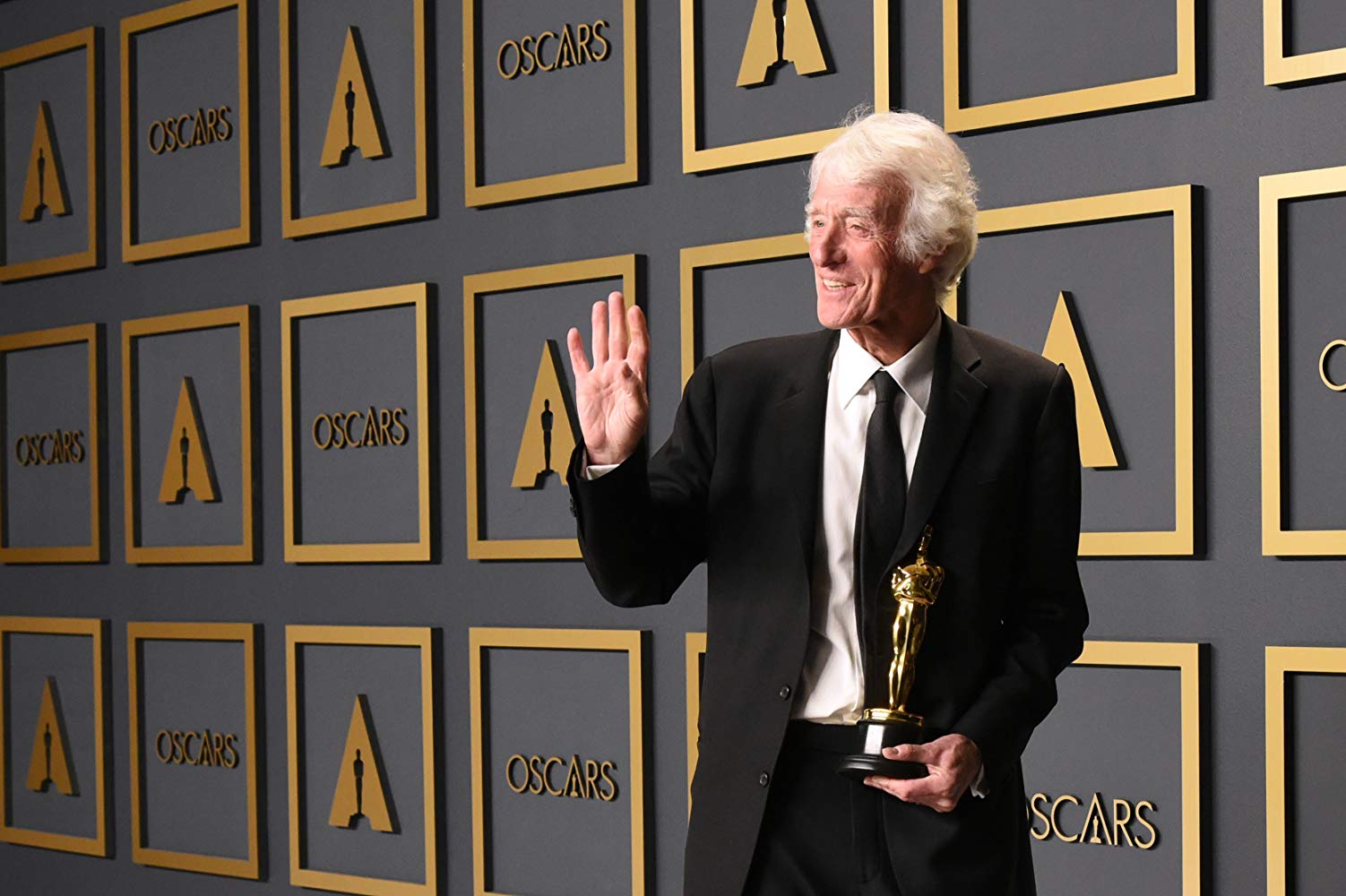
Since the movie is in a continuous shot format, there was a lot of handhelds and free-roaming shots so the crew needed a versatile yet high-quality set of cameras, that’s why Roger Deakins decided on a set of ARRI cameras, ARRI Alexa Mini LF to be exact, combined with ARRI Signature Prime Lenses and then shot everything in ARRIRAW (4.5K) and then exported into Digital Intermediate (4K).
Marriage Story
Like many other duos on this list, Noah Baumbach has a history of filmmaking with his editor Jennifer Lame. Baumbach trusts Lame to the point that he even consults her on how some shots should be done. I believe one of the key things that have made all the movies on this list great works of art is the dynamic and understanding that already exists between the crew. And 85% on Rotten Tomatoes and 8.1/10 on Metacritic shows that audiences have the same feel about the movie.
But if you ask for my personal opinion, I believe the biggest factor that made Marriage Story hit the spot is the personal experiences of Noah Baumbach both during his own divotce process and also his experience during his childhood. The movie is not an actual true story, but you can not say it is not real.
OK, let’s move away from the story and see what was going on behind the scene. The cinematographer of Marriage Story, Robbie Ryan, decided to shoot the movie on 3 different ARRI cameras, ARRICAM Lite (LT) Camera, ARRICAM Studio (ST) Camera, and ARRIFLEX 435 Camera coupled with Panavision Primo Primes Spherical Lenses. Marriage Story was filmed on 35 mm Kodak Vision3 200T 5213 and Vision3 500T 5219. Shooting movies on film was, relatively, a theme in 2020 Oscar movies. Lame, later on, did the editing on Avid Editing System at DNx36.
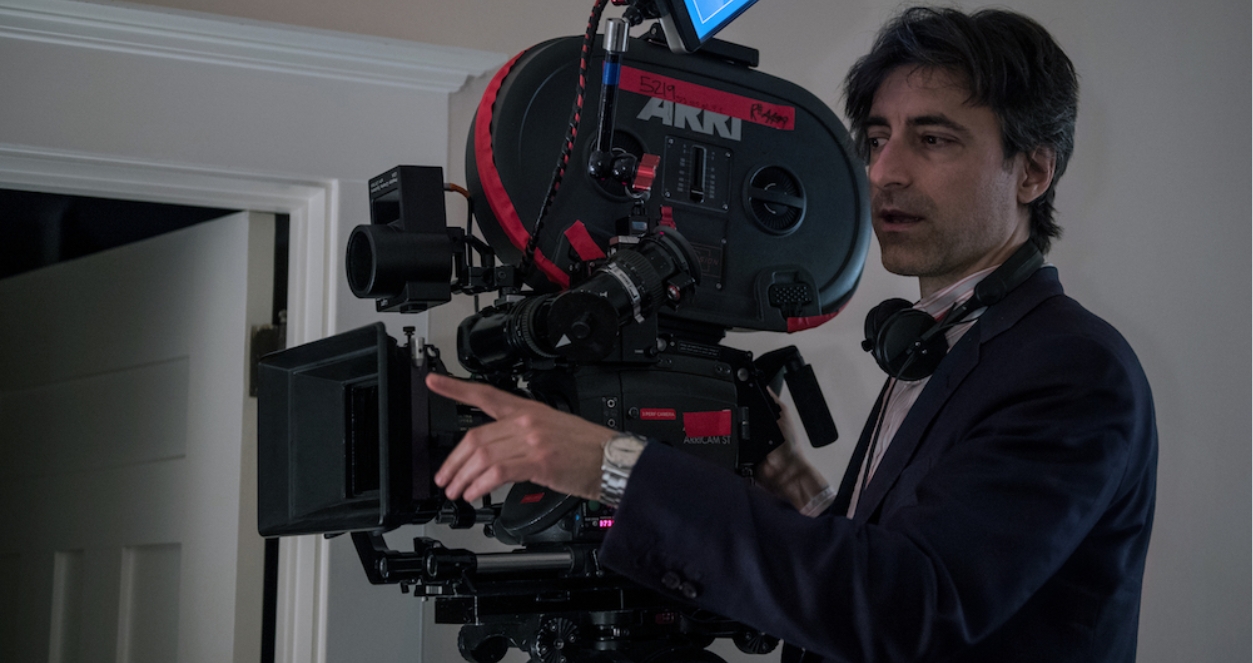
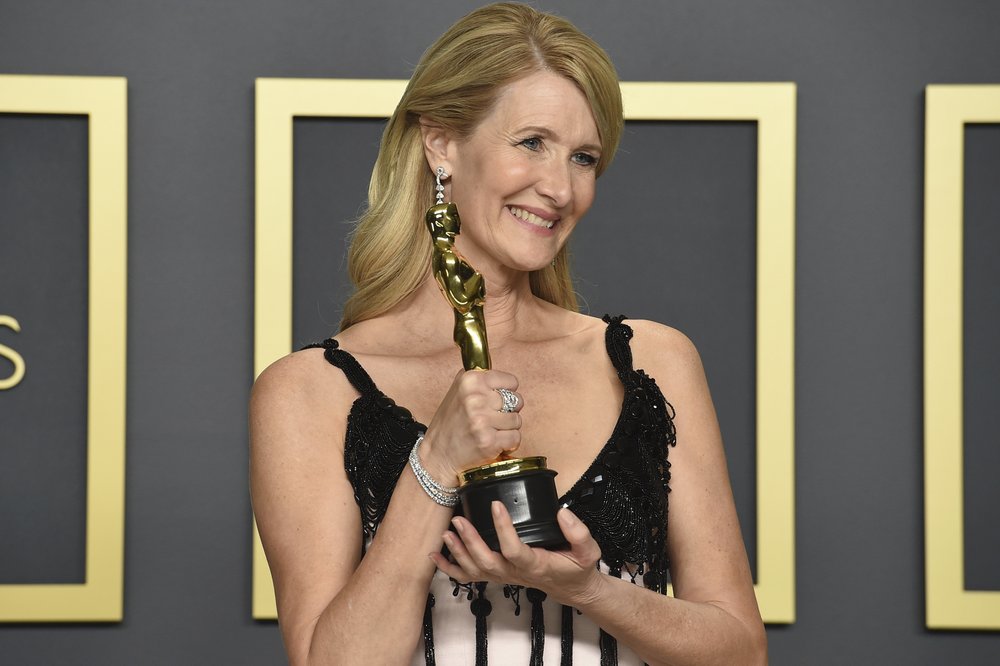
Once Upon a Time in Hollywood
Quentin Tarantino’s 10th movie is a comedy-drama starring big names like Brad Pitt, who won an Oscar for his role in this film, Leonardo DiCaprio, Margot Robbie, and Al Pacino.
Robert Richardson who again is a dynamic duo with Tarantino decided on shooting the movie with Panavision Panaflex Millennium XL2 Camera combined with Panavision C, E, and T Series Anamorphic Lenses. A cool way to recreate that 60’s and 70’s vibe and also a no surprise since it is a well-known fact that Tarantino loves shooting on film. Once again, the software of choice for editing the movie was Avid Editing System.
Shooting on film reels introduces some challenges to the filming process because there is no way to recheck the taken shots after the fact and you have to wait for them to be developed! So every shot should be done perfectly which needs a lot of attention from the cinematographer.
The other thing that got my attention was the color grading of the movie. Since the movie is full of different shots from different times, the colorist had to do different styles for each of them, the scenes from a Spaghetti Western can not be the same as the ones that are showing the 60’s US.
Joker
Oh the Joker! A character that is hard to recreate, but when done right it will never cease to amaze. Tod Philips’s iteration of Joker this year was coupled with the amazing acting of Joaquin Phoenix which in the end resulted in a great reimagination of the character and 88% on Rotten Tomatoes and 9.1/10 on Metacritic is proof to that.
Jeff Groth, the editor of the Joker is a long time collaborator of Tod Philips. Philips trusts this man to an extent that Groth got hold of the movie script one and a half years before even the filming began! Again, a proving case of how having a dynamic relationship with the crew can benefit a movie. The cameras that took the responsibility of capturing Joker were again ARRI! ARRI ALEXA 65, ARRI ALEXA LF, and ARRI ALEXA Mini Camera. Then all the footage which was in ARRI RAW got edited using Avid Editing System. Yea, ARRI has dominated the market!
Jojo Rabbit
I gotta be honest, the first time I saw the picture of Adolf Hitler on the cover of a Comedy movie I was like, this movie is gonna trigger so many people! But I have underestimated the power of Taika Waititi’s art! With 91% on Rotten Tomatoes, 7.1/10 on Metacritic and an Oscar for Best Adapted Screenplay, nobody can argue that Taika Waititi is a genius!
Jojo Rabbit was shot entirely in the Czech Republic and the editor Tom Eagles was stationed in Prague to get the dailies. Waititi gave Eagles the freedom to do the editing in his taste and style, doing things the way he felt was right. The movie was shot using ARRI ALEXA SXT Plus combined with a set of Hawk V-Lite and Hawk Vantage One Lenses and then edited with Avid Editing System on DNx115, the software of choice for many editors as far as we have seen. While the movie was shot in 40 days, the whole editing process took around 44 weeks. Waititi is known for being very careful and slow when it comes to the editing process. He wants to have enough time so that his mind is refreshed when he is viewing the movie during the editing process. This for sure is time consuming but as we have seen in his other works as well, it is worth the time.
Ford v Ferrari
A true story about the beef between Enzo Ferrari and Henry Ford II which resulted in a long battle between the two in the field of motor racing, 24 Hours Le Mans to be exact.
The Principle Photography of the Ford v Ferrari took 85 days and Phedon Papamichael, the cinematographer of the movie chose to film the movie using ARRI Alexa LF combined with Panavision C, H, and T-Series Lenses.
Michael McCusker who is the main editor of the movie alongside his co editor Andrew Buckland had a big job editing the movie because of all the heavy VFX that was involved in the movie and must be worked on alongside the editing of the movie. So they started the editing process 2 months before the shooting even began in order to do the previsualization for the movie. During this time they had to work on storyboarding and planning for the shots that were supposed to come, especially the big moment of the movie, which as I said before involves a lot of VFX art. Of course all the hard work they put in the editing process paid off when they received the Oscars for Best Achievement in Film Editing.
The Irishman
Although the awards season was full of nominations and little to no winnings for The Irishman, the latest movie of Martin Scorsese, seven years after The Wolf of Wall Street, is a great movie to experience.
The cameras used for shooting The Irishman were Arri Alexa Mini, Arricam LT, Arricam ST, and Red Helium all coupled with Cooke Panchro/i Classic, Zeiss Ultra Prime, Zeiss Compact Zoom, and Angenieux Optimo Lenses. The source footage that came out of all these cameras were ARRIRAW in 3.4K, Redcode RAW in 8K, and Super 35. As you can see, The Irishman is another movie on this list that was shot, not wholly, on film in order to capture the feel of the era it is trying to depict. This of course was a decision by Rodrigo Prieto who is a long time collaborator of Martin Scorsese. The three other digital cameras were used primarily for the de-aging process used on Al Pacino, Robert DeNiro, Joe Pesci and other actors involved in the film. All three cameras were mounted next to each other with Red Helium working as the primary camera shooting in Redcode RAW 8K. A team at Industrial Light & Magic were responsible for the de-aging process that was used in the film and it took them 7 months to finish it! The de-aging itself is a ground breaking feat that in it’s own gonna change many things in future films of hollywood and elsewhere.
